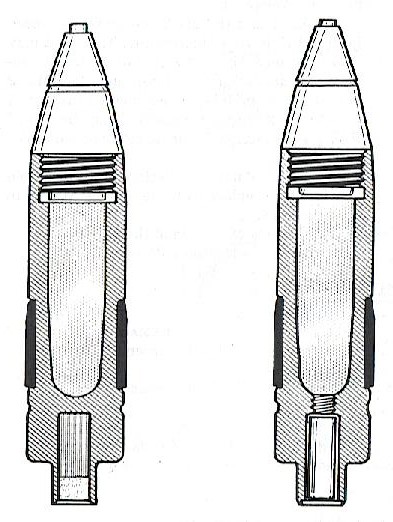McPherson
Banned
But you need to do it by year and rate of fire and weight/cost of each system.....
Is the 1.1" really 88.66% as good as the 40mm?
No. The shell design was defective in the fusing so that sometimes the shells exploded at the muzzle. The table does not tell you this.
If this is really all equal then this looks amazing as its lighter and fires faster than the 5" as well?
Again the table does not specify VT which is what I think is actually the case since 3" AAA auto-guns were not really seen until late 1944.
A link or a source cite will help. Refer to page 6. As the table above the one cited (^^^) shows for the murder year of 1944, it took 1257 3"/50 shells per kill as opposed to 1157 5"/38 common. Which makes me think that the 3"/50 were common. This is not unexpected. Previous years the 3"/50 actually does better, but then the enemy presents target servicing closer and slower. As he turns kamikaze the VT difference inserted to negate is null as to effect. 3" and 5" appear the same.
But note...
The indicated performance of the 3"/50, which boasts a lower R. P. B. than even the 5-inch VT, is considered a statistical casualty as a result of poor reporting by ships.
It is what it is.
